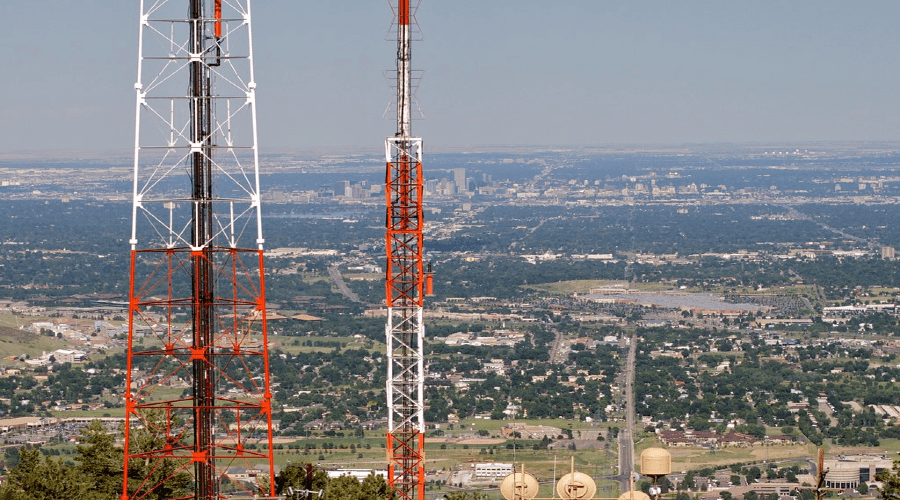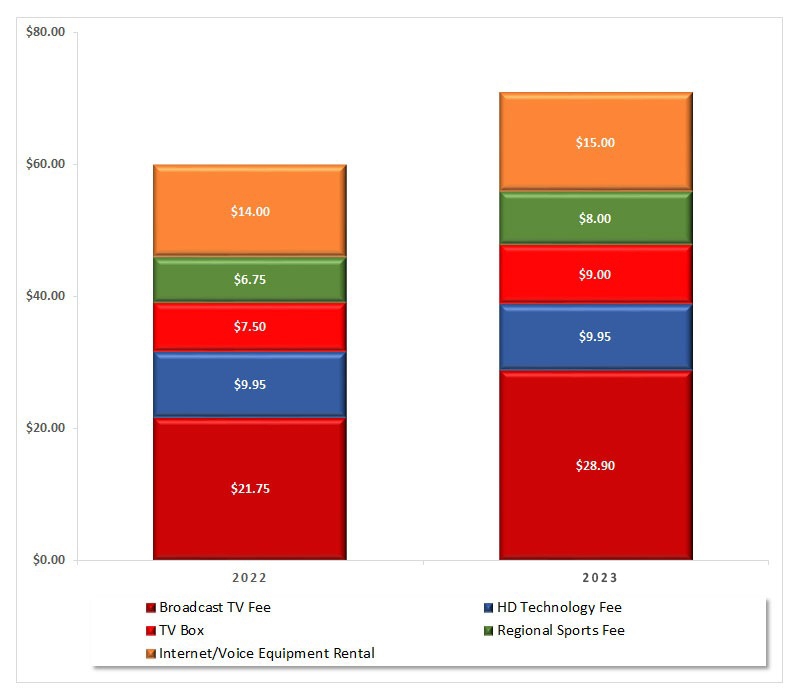COVID-19: Antenna Use Surges
Originally Posted on Fiercevideo.com by Ben Munson
TV antenna use in U.S. broadband households has been growing quickly over the past few years, and with the coronavirus outbreak it could surge even more.
That’s according to Parks Associates, which said that 25% of U.S. broadband households use an antenna to watch local broadcast TV channels, up from 15% in 2018. The firm said those figures could increase as more people look to local broadcast news sources for updates about the coronavirus.
“Local news matters to most households—local broadcast channels are the most preferred channel types, and news is the most preferred broadcast content,” said Steve Nason, director of research at Parks Associates, in a statement. “These content preferences shape the access habits of consumers, so antenna usage is increasing as households look to meet these needs, and we will see these trends increase as more shelter-in-place orders take effect and households look for inexpensive content options to offset lost wages.”
The study also found that roughly half of antenna users do not subscribe to any pay TV services.
RELATED: Broadcast networks see huge viewership spikes amid COVID-19 crisis
Overall video viewership has risen due to coronavirus-related social distancing and self-quarantining. That’s lead to growth for subscription streaming services and adjusted global estimates from analysts. Strategy Analytics said its forecast for global subscriptions was increased by 5% in comparison to its pre-pandemic model. The projection is now 949 million paid subscriptions globally by the end of 2020, suggesting an increase of 47 million compared to earlier forecasts.
“One significant factor affecting future SVOD growth is the impact of the Coronavirus in both the short and long term,” said Michael Goodman, director of TV and media strategies at Strategy Analytics, in a statement. “In the near term the Coronavirus will actually boost SVOD subscriptions, as well as viewing of these services, as an ever growing number of consumers adopt social distancing or are forced into quarantine. In the mid-to-long term much depends on the length of the pandemic and resulting economic damage. As businesses shut down and individuals are laid off consumers are going to have to make hard decisions about how they spend their money and as wonderful as Netflix, Amazon Prime Video, Disney+ and other SVOD services may be, they are not essential services.”


